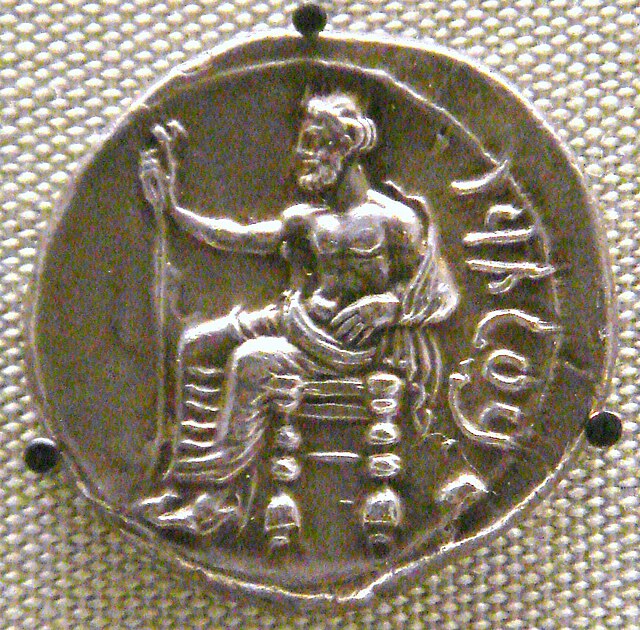Nikephoros II Phokas, Latinized Nicephorus II Phocas, was Byzantine emperor from 963 to 969. His career, not uniformly successful in matters of statecraft or of war, nonetheless greatly contributed to the resurgence of the Byzantine Empire during the 10th century. In the east, Nikephoros completed the conquest of Cilicia and retook the islands of Crete and Cyprus, opening the path for subsequent Byzantine incursions reaching as far as Upper Mesopotamia and the Levant; these campaigns earned him the sobriquet "pale death of the Saracens".
Nikephoros II Phokas on a 15th-century manuscript, Biblioteca Marciana, Venice
Icon of St. Nikephoros by Theophanes the Cretan
Nikephoros' entry into Constantinople as Emperor through the Golden Gate in summer 963
Tarsus surrenders to Nikephoros Phokas (seated).
Cilicia was a geographical region in southern Anatolia, extending inland from the northeastern coasts of the Mediterranean Sea. Cilicia has a population ranging over six million, concentrated mostly at the Cilicia plain. The region includes the provinces of Mersin, Adana, Osmaniye and Hatay.
Probable captives from Cilicia, on the Nasiriyah stele of Naram-Sin, circa 2200 BC.
Fugitive slave treaty between Idrimi of Alalakh (now Tell Atchana) and Pillia of Kizzuwatna (now Cilicia), (c. 1480 BC) Ref:131447 .
The Persian Pharnabazus, pictured, as Satrap of Cilicia (379–374 BC). British Museum.
A Roman-period triumphal arch at Anazarbus, later converted into the city's south gate







